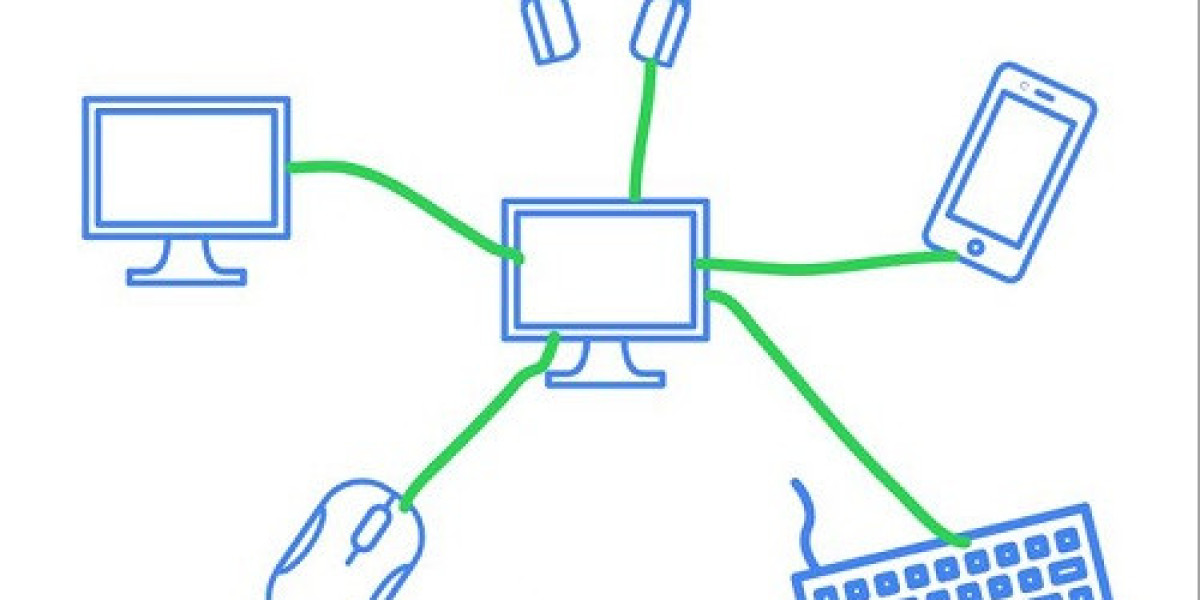Personal Area Networks are computer networks that allow the making interconnection in between the electronic devices within an individual's workspace. PANs can be wireless or carried over wired interfaces such as USB, with wireless PANs (WPANs) utilizing technologies like Bluetooth, IrDA, and Wireless USB for short-distance communication.
The evolution and impact of Personal Area Network has been significant in the realm of wireless technology. PANs have evolved over time, primarily driven by the need to accommodate high traffic densities and support increased mobility for users within metropolitan areas.
The IEEE 802.15 wireless personal area networks, following the footsteps of WLAN industry standards, have adopted technologies like FHSS for Bluetooth and DSSS after their introduction by the IEEE 802.11 standard. This evolution has led to the design of the dominant PHY technologies found in today's wireless networking devices and machines.
Today, PANs play a crucial role in connecting smartphones to the internet, with IEEE 802.11 wireless local area networks, commonly known as Wi-Fi, being the preferred choice due to their higher data rates and reliable indoor connections.
The Birth of Personal Area Networks
The concept of personal area networks traces back to the late 20th century, with the emergence of technologies like Bluetooth. Initially developed by Ericsson in 1994, Bluetooth aimed to facilitate wireless communication between devices over short distances. This breakthrough paved the way for the establishment of PANs, enabling seamless connectivity between personal devices such as smartphones, laptops, and wearable gadgets.
Impact on Daily Life
Personal area networks have revolutionized various aspects of daily life, ushering in unprecedented convenience, efficiency, and connectivity. One of the most essential impacts is in the realm of communication. PANs enable effortless data sharing between devices, streamlining tasks such as file transfer, multimedia streaming, and collaborative work.
In the realm of entertainment, PANs have empowered users to create personalized ecosystems, where smartphones, tablets, smart TVs, and audio peripherals seamlessly interact to deliver immersive experiences. Whether it's wirelessly streaming music to speakers or casting videos to a larger screen, PANs have elevated the entertainment landscape to new heights; instead of this its various advantages of PAN network.
Furthermore, the integration of PANs with wearable technology has transformed healthcare and fitness monitoring. Devices like smartwatches and fitness trackers leverage PAN connectivity to sync data with smartphones or cloud services, enabling users to track their health metrics, set fitness goals, and receive real-time notifications.
Challenges and Future Outlook
Challenges of PAN Networks:
· Ensuring robust security measures to protect against cyber threats and attacks.
· Addressing the complexities of network segmentation and microsegmentation for effective management and control.
· Managing the increasing number of Internet of Things (IoT) connected devices and their vulnerabilities within PANs.
· Dealing with the potential physical consequences of OT cyberattacks, emphasizing the need for enhanced security protocols.
Future Outlook of PAN Networks:
· Adoption of Zero Trust and Defense-in-Depth cybersecurity strategies for IT/OT convergence networks.
· Embracing advanced network segmentation techniques like microsegmentation to enhance network security.
· Leveraging role-based access control (RBAC) to ensure secure access to network resources.
· Implementing innovative solutions for cybersecurity in industrial operations to safeguard critical infrastructures.








